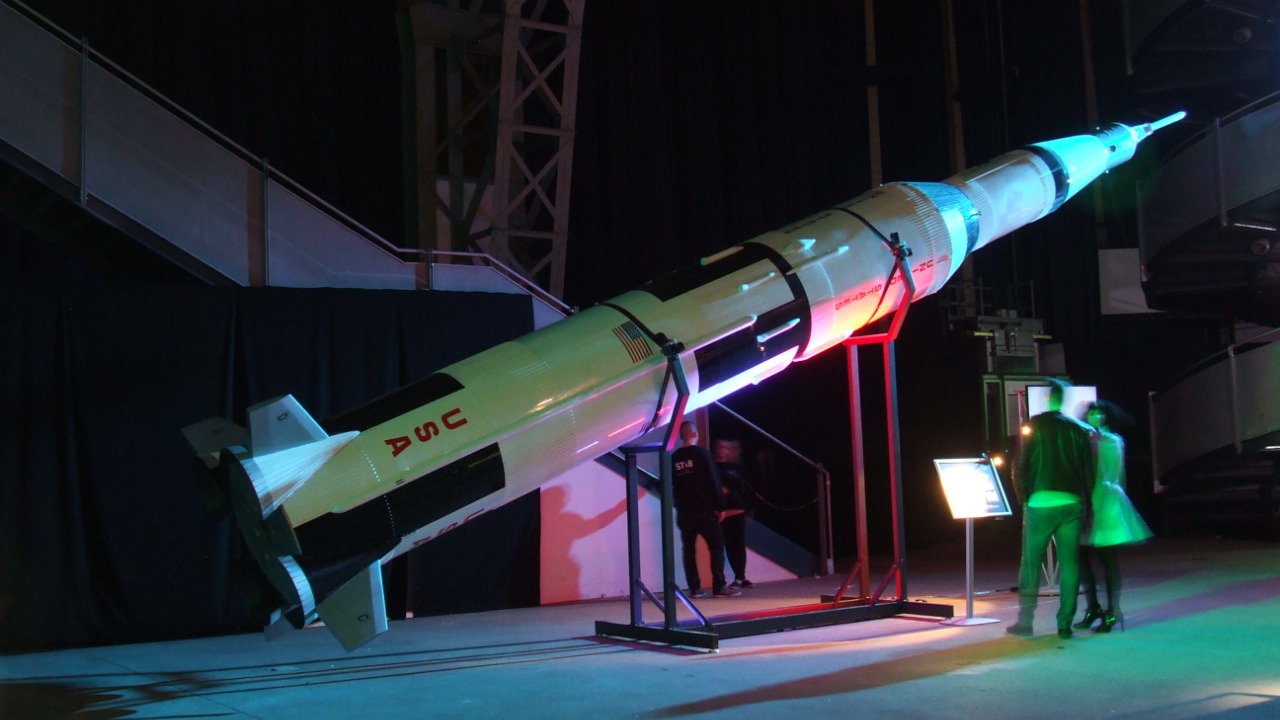
The Saturn V rocket, an iconic symbol of space exploration, was instrumental in NASA’s Apollo missions, propelling astronauts to the moon with unprecedented speed and power. Understanding its top speed is crucial for appreciating the engineering marvel that enabled humanity to reach new frontiers. The incredible velocity achieved by the Saturn V during its historic missions remains a testament to the ingenuity and ambition of that era.
The Engineering Marvel of Saturn V
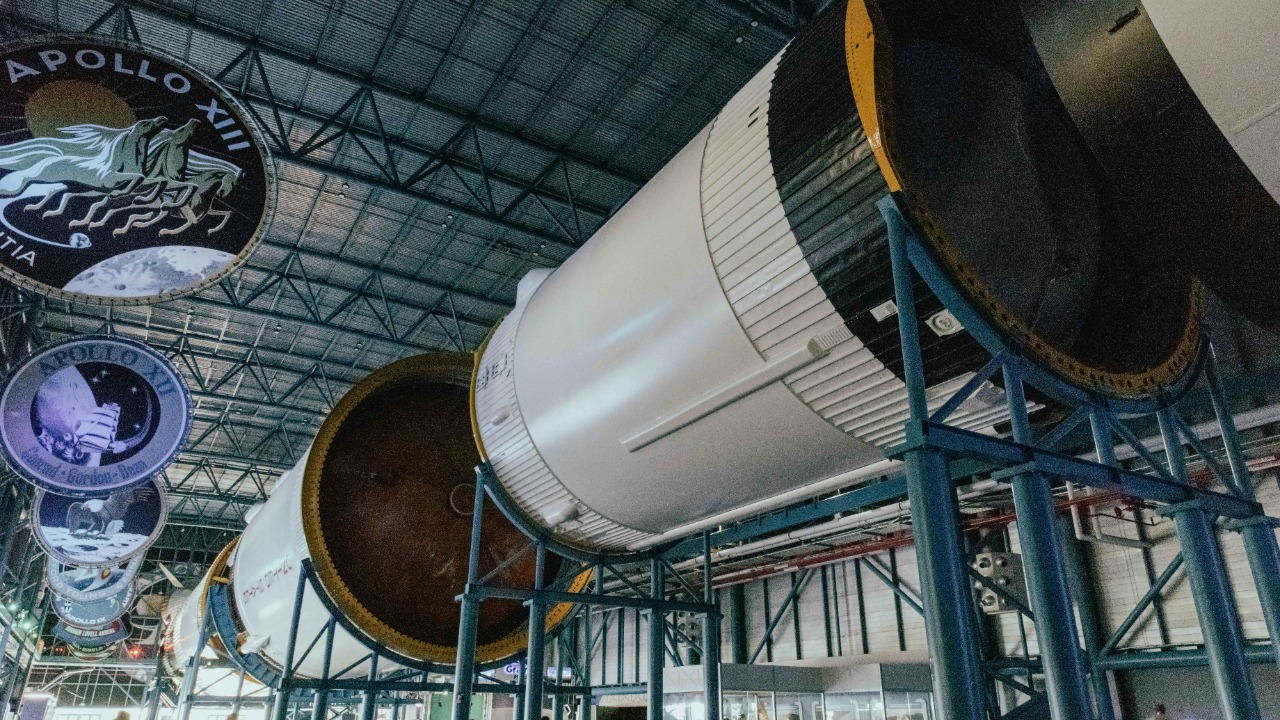
The Saturn V’s design was a groundbreaking achievement, with a three-stage configuration that played a crucial role in its ability to reach the necessary speeds for lunar travel. Each stage of the rocket was engineered to perform a specific function in accelerating the spacecraft beyond Earth’s atmosphere. This design not only facilitated the Apollo program’s successful missions to the moon but also marked a significant milestone in space exploration history.
Key components of the Saturn V, such as the powerful F-1 engines in the first stage, contributed significantly to its speed. These engines, among the largest ever built, burned a mixture of liquid oxygen and kerosene, providing the immense thrust needed for liftoff. The choice of fuel was crucial for efficiency, as it enabled the rocket to achieve high velocities necessary for escaping Earth’s gravitational pull. The Saturn V’s design and components were instrumental in propelling the Apollo missions and remain a reference point in rocket engineering.
Stages of the Saturn V Launch
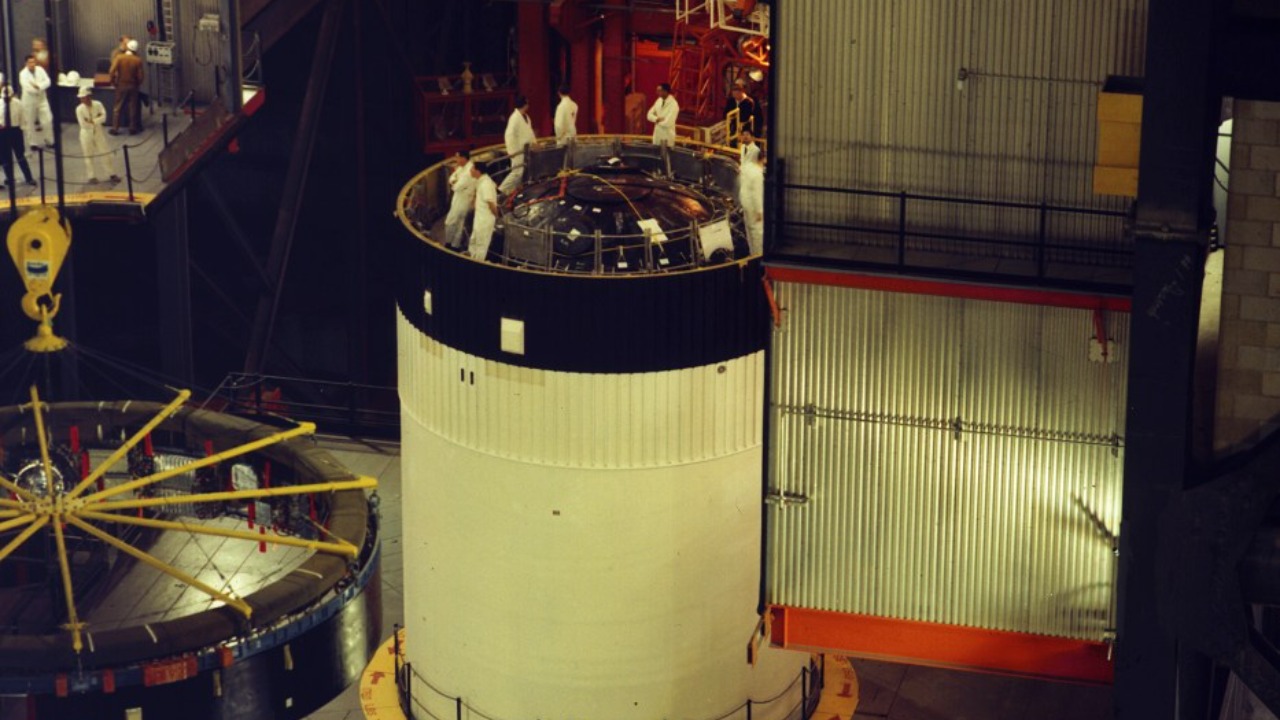
The first stage of the Saturn V rocket was responsible for liftoff and initial acceleration. Within the first few seconds, the five F-1 engines produced a combined thrust of 7.5 million pounds, propelling the rocket to a speed of approximately 6,000 miles per hour before the stage was jettisoned. This remarkable display of power set the tone for the rest of the mission, as the rocket shed weight and increased velocity.
During the second stage, the rocket continued its journey with the help of five J-2 engines. This stage was crucial for increasing speed and setting the trajectory for lunar travel. As it burned through its fuel, the second stage accelerated the rocket to speeds necessary for reaching space, providing the necessary momentum and altitude to transition smoothly to the third stage.
The third stage of the Saturn V played a vital role in the final push to Earth orbit. It was primarily responsible for the translunar injection, a critical maneuver that placed the spacecraft on a trajectory to the moon. At this point, the rocket reached speeds of approximately 17,500 miles per hour, a velocity sufficient to overcome Earth’s gravitational pull and continue on its journey to the lunar surface.
Achieving Top Speed
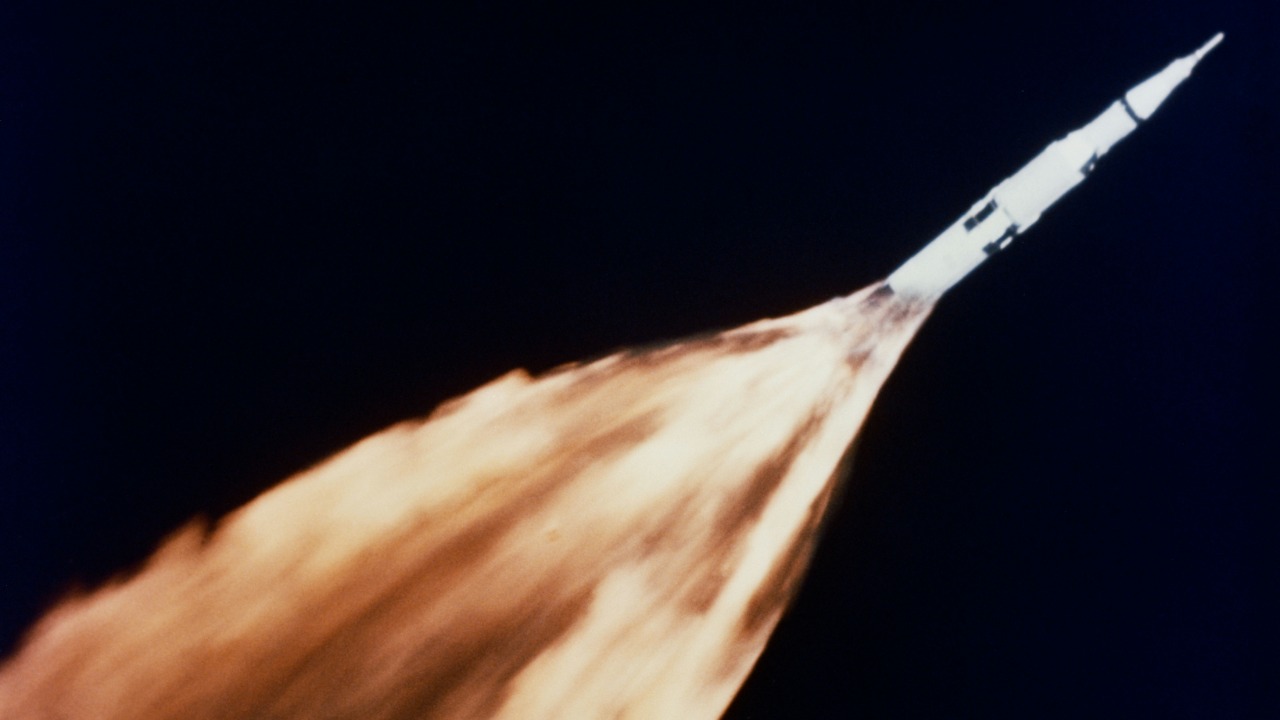
The maximum speed reached by the Saturn V during its missions was an astounding 24,500 miles per hour. This speed was necessary to break free from Earth’s gravitational forces and ensure a successful journey to the moon. Compared to other rockets and vehicles of its time, the Saturn V’s top speed was unparalleled, cementing its status as a groundbreaking technological achievement. For more details, you can check this resource.
Various factors influenced the Saturn V’s maximum speed, including the effects of gravity and atmospheric resistance. As the rocket ascended through the atmosphere, it faced less resistance, allowing it to accelerate more efficiently. Additionally, mission-specific goals and payload requirements dictated certain speed parameters to ensure the spacecraft reached its intended destination safely and on time.
Legacy and Impact of Saturn V’s Speed
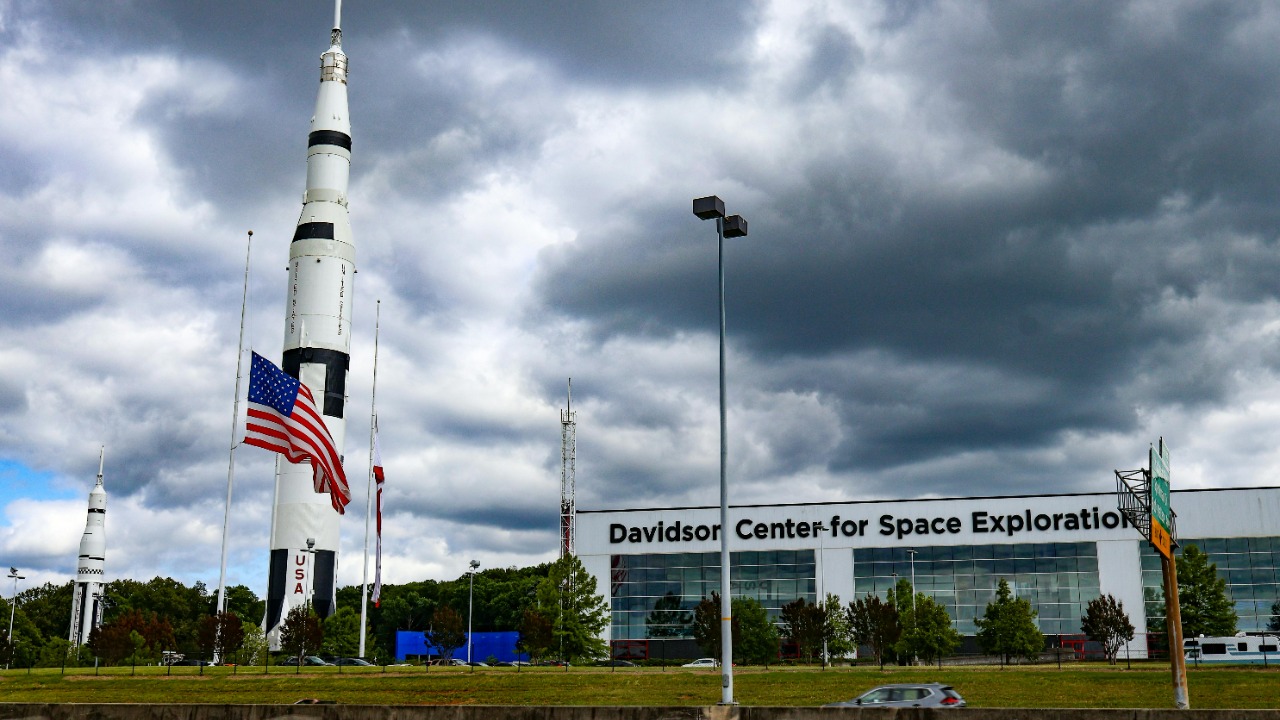
The speed achieved by the Saturn V rocket set benchmarks for future developments in space exploration technology. Its successful missions demonstrated the potential of human ingenuity to overcome the challenges of space travel and laid the groundwork for modern rocket designs. The Saturn V’s influence on contemporary space exploration efforts is evident in the advancements we see today, including the design of rockets like NASA’s Space Launch System. Learn more about these advancements here.
Beyond its technological impact, the Saturn V has inspired generations of engineers and scientists. The achievements of this rocket continue to captivate public imagination and drive innovation in the field of space exploration. Its legacy is not just limited to technological advancements; the Saturn V symbolizes the spirit of discovery and the pursuit of knowledge that continues to motivate those in the scientific community.
To this day, the Saturn V remains an enduring symbol of what humanity is capable of achieving when driven by curiosity and determination. Its achievements continue to inspire educational and public interest in STEM fields, encouraging future generations to reach for the stars. The rocket’s legacy is a testament to the power of human innovation and the endless possibilities that lie ahead in the exploration of space.